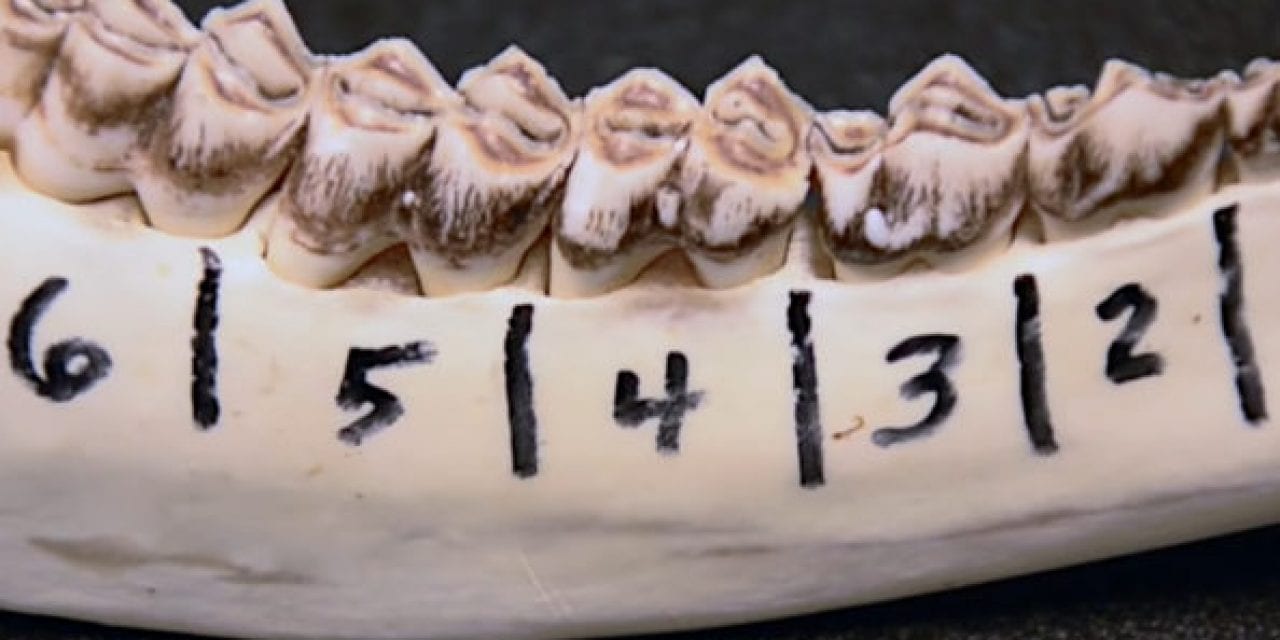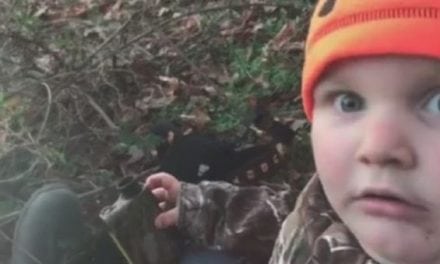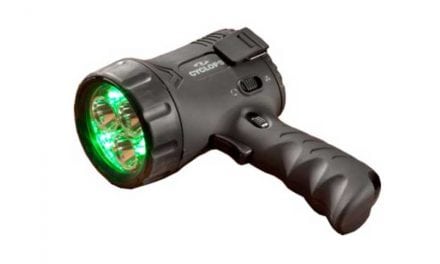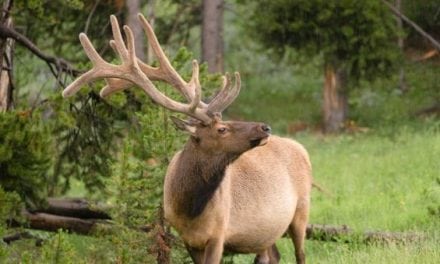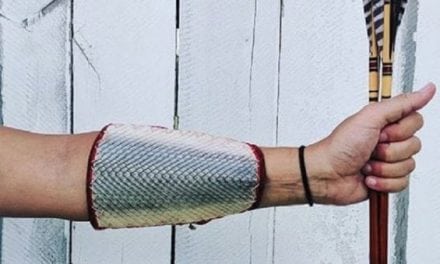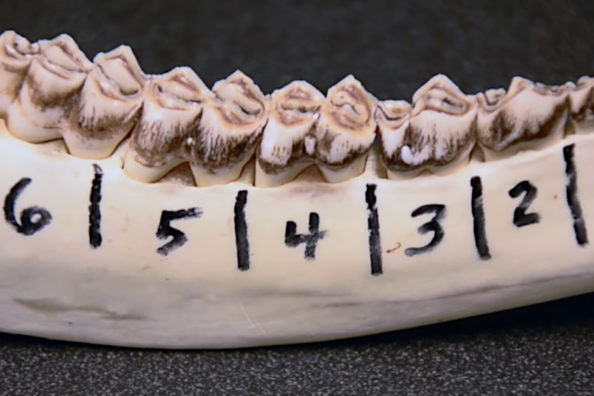
Jawbone aging is the easiest way to learn how old the buck you shot this season was.
By using jawbone aging to determine a harvested deer’s age, you’ll gain a lot of information about the local deer herd and whether or not your management strategies are having the effect you’d like.
Now it’s time for you to learn how it’s done and start aging your deer.
Watch the video below:
As you can see, jawbone aging allows you to quickly separate deer into three categories: fawns, 1-1/2-year old deer and deer that are 2 1/2 years old or older.
The technique can also be used to estimate the age of a deer that is at least 2 1/2 by looking at the wear on the dentine and enamel. However, this type of aging is more of an art than a science and takes experience to become proficient in. If you’ve determined that your buck is 2 1/2 or older and want to know his exact age, the best way is to send teeth or the jawbone to a lab for annuli aging.
Annuli aging consists of cutting open the teeth and counting growth rings similar to those you would see on a tree. While this method is more expensive, it will give you the exact age of the mature buck you harvested and let you know if your field judgement of the buck’s age was correct.
NEXT: WHERE TO FIND BUCKS NOW: TOP 5 LATE SEASON FOOD SOURCES
WATCH
The post Learn How Old Your Buck is Through Jawbone Aging appeared first on Wide Open Spaces.

